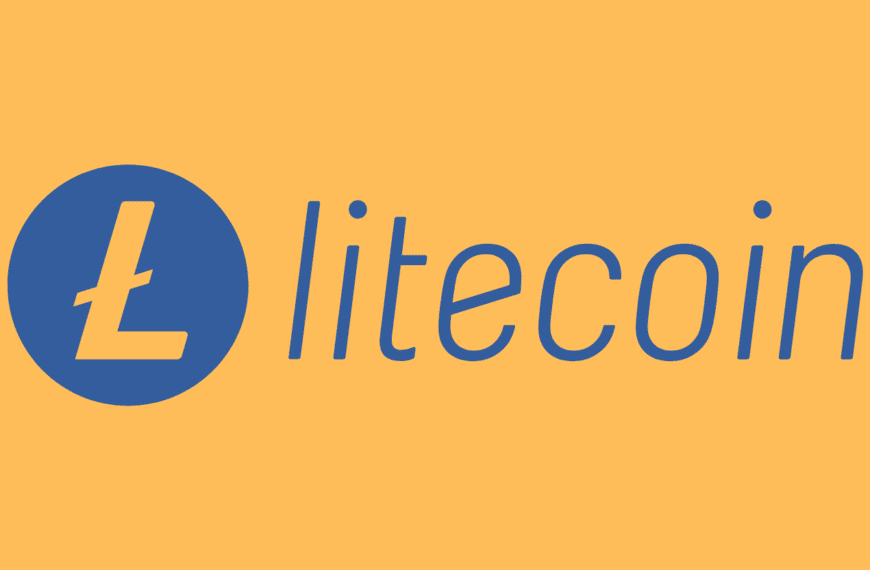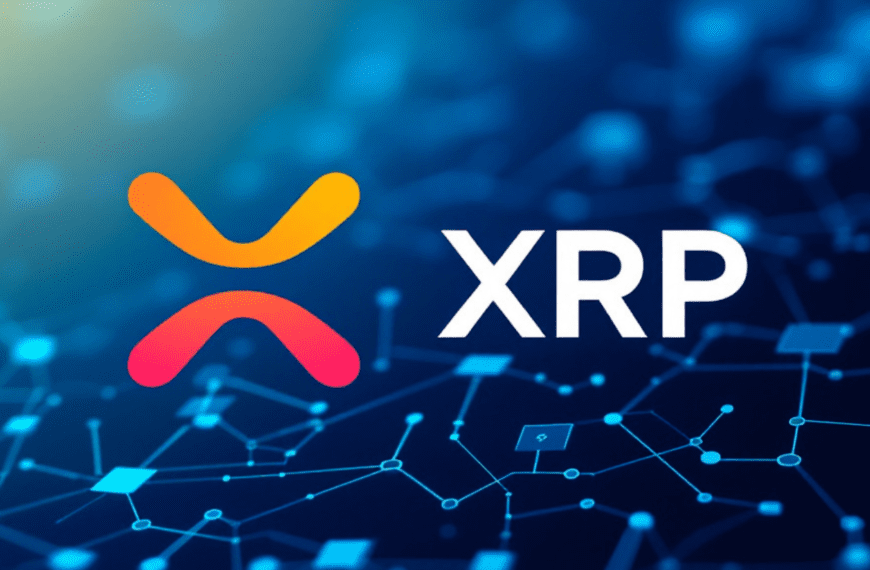What is the Proof of Stake (PoS)?
Proof of Stake (PoS) is a blockchain consensus mechanism designed to secure and validate transactions on a distributed ledger. Unlike Proof of Work (PoW), which requires miners to solve complex mathematical puzzles using significant computational power, PoS relies on validators who are chosen based on the number of cryptocurrency tokens they hold and are willing to “stake” as collateral.

How Does Proof of Stake Work?
- Staking Tokens: Participants lock a certain amount of cryptocurrency as a stake in the network. This stake acts as a guarantee of their commitment to honest behavior.
- Validator Selection: Validators are selected to propose and validate new blocks. Selection is typically based on a combination of factors such as the size of their stake, the duration of their staking, and randomization to ensure fairness.
- Block Validation: Validators verify transactions and create new blocks. If a validator is chosen and successfully validates a block, they receive rewards in the form of transaction fees or newly minted tokens.
- Penalties: If a validator acts dishonestly or maliciously (e.g., by validating fraudulent transactions), they can lose part or all of their staked tokens—a process called slashing.
Key Benefits of Proof of Stake:
- Energy Efficiency: PoS requires significantly less energy than PoW, as it eliminates the need for power-intensive mining operations.
- Security: By requiring validators to stake their tokens, PoS incentivizes honest behavior. Malicious actions could result in the loss of staked tokens.
- Scalability: PoS often enables faster transaction processing and supports scalability features like sharding.
- Decentralization: It allows for a wider range of participants, as users don’t need specialized hardware to participate, unlike PoW.
Popular Blockchains Using PoS:
- Ethereum: Transitioned from PoW to PoS with the Ethereum 2.0 upgrade.
- Cardano: Utilizes a PoS mechanism called Ouroboros.
- Polkadot: Employs a nominated Proof of Stake (NPoS) system.
- Tezos: Known for its liquid Proof of Stake (LPoS) mechanism.
Proof of Stake represents a more sustainable and scalable evolution of blockchain consensus mechanisms, aligning with the industry’s push for broader adoption and environmental responsibility.
https://news.coincap7.com/what-is-proof-of-work-pow-consensus-mechanism/
https://www.techtarget.com/whatis/definition/proof-of-stake-PoS


















Awesome conten ❤️
Best Describe …!!!